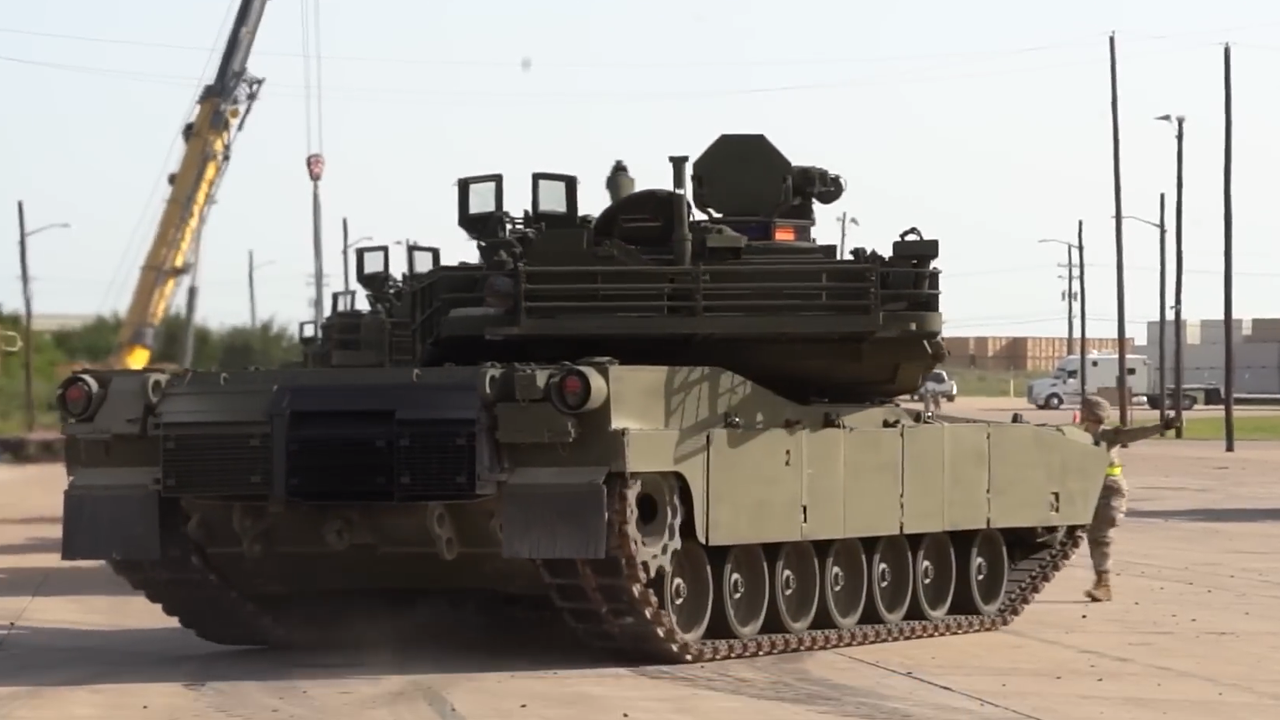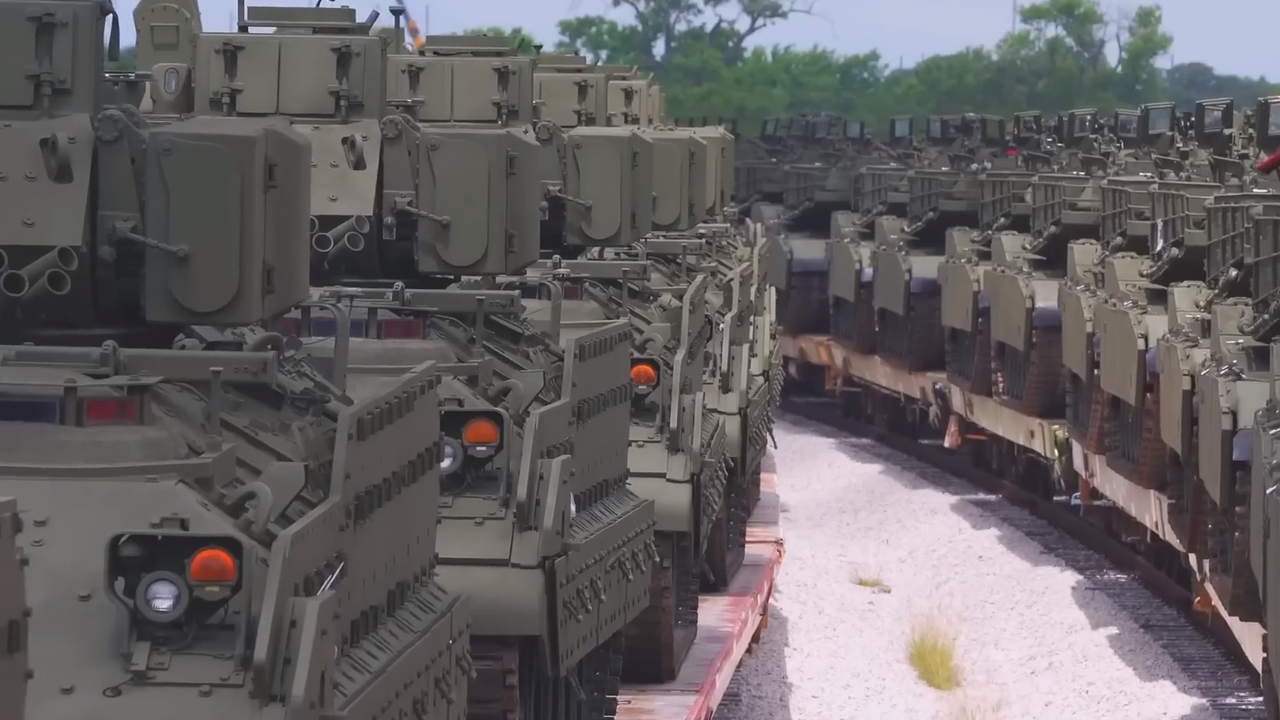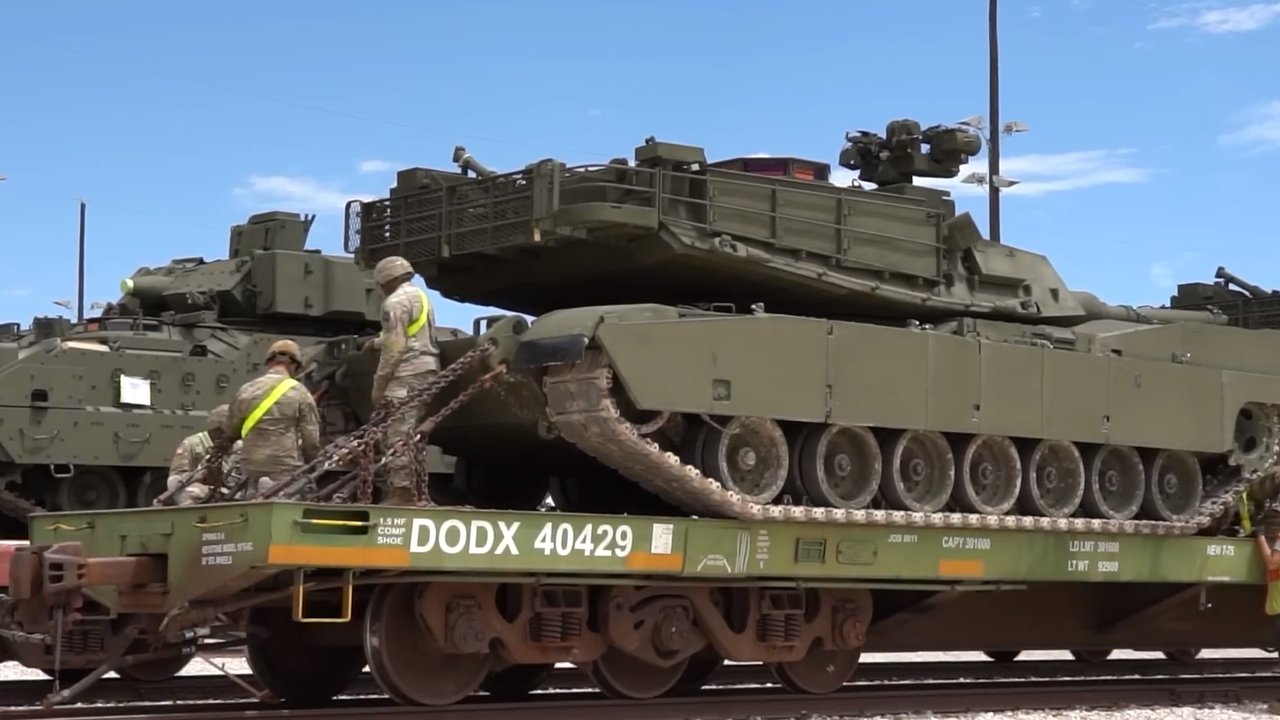The shark skin wasabi grater, known as “oroshiki” in Japan, is a...
The Mammoth Task of Moving America’s M1 Abrams Tanks Across the Globe
The U.S. Army's logistics operation to transport thousands of M1 Abrams tanks is a staggering display of military precision, engineering, and sheer determination. Moving these 70-ton behemoths, designed for modern armored warfare, is no small feat. The M1 Abrams, a third-generation main battle tank named after General Creighton Abrams, is one of the heaviest tanks in service, equipped with advanced technologies like Chobham composite armor, a multifuel turbine engine, and a 120mm smoothbore cannon.
Transporting thousands of these tanks across continents or oceans requires a complex, high-stakes operation involving air, sea, and land transport, orchestrated with meticulous planning to ensure readiness for combat or strategic positioning.

The logistics begin with the U.S. Army's vast network of transportation assets. By sea, Roll-on/Roll-off (RoRo) ships are critical, capable of carrying dozens of Abrams tanks across thousands of nautical miles. These vessels, like those used during the Gulf War, can transport up to 1,848 tanks, as seen in 1990 when the U.S. deployed forces to counter Iraq’s invasion of Kuwait.
The process involves loading tanks onto the ships at ports like Bremerhaven, Germany, or Antwerp, where they are secured for transoceanic voyages. The Navy’s Expeditionary Fast Transport (EPF) vessels also play a role, moving tanks at speeds up to 35 knots for rapid deployment.
By air, the challenge intensifies due to the Abrams’ weight. A C-5 Galaxy, the largest U.S. Air Force cargo plane, can carry only two combat-ready tanks, while a C-17 Globemaster manages just one. This limitation, evident during the Gulf War, underscores the reliance on maritime transport for large-scale movements.
Air transport is reserved for urgent deployments, requiring precise coordination to align with strategic airfields like Amedee at Sierra Army Depot, where hundreds of Abrams are stored.

On land, the Oshkosh M1070 Heavy Equipment Transporter System (HETS) is the backbone for moving Abrams tanks. Capable of operating on highways and cross-country, the HETS accommodates the tank’s crew and equipment, ensuring mobility from depots to forward operating bases.
Rail transport also plays a significant role, with trains loaded at facilities like Sierra Army Depot, where over 3,700 Abrams are stored, some in hangars, others in open-air lots. The depot’s 3,048-meter runway and rail infrastructure facilitate the movement of these tanks to ports or training grounds.
The operation’s complexity is amplified by the need for maintenance and security. Each Abrams requires extensive fuel—10 gallons just to start and up to 10 gallons per mile—demanding robust supply chains. Classified armor, such as the depleted uranium in M1A2 variants, adds layers of security, as seen when the U.S. avoided sending these tanks to Ukraine due to sensitive technology.
Coordinating these movements across global theaters, from Europe to the Pacific, involves thousands of personnel, from logisticians to engineers, ensuring tanks arrive combat-ready.

The “scary” aspect lies in the operation’s scale and stakes. A single misstep—mechanical failure, delayed shipments, or security breaches—could disrupt military readiness. Recent incidents, like a soldier’s attempt to share M1A2 data with Russia, highlight the risks of espionage.
Yet, the U.S. Army’s ability to execute these operations showcases its logistical prowess, maintaining the Abrams as a cornerstone of armored warfare.
Don't miss those
Dead by Dawn: Exploring the World...
If you’re a fan of heart-pounding documentaries that delve into the wild...
US Testing Advanced Vehicles for Extreme...
In the ever-evolving landscape of modern warfare, the United States is actively...
Real-Life Superhuman Moments Captured on Camera
In a world where challenges often seem overwhelming, glimpses of real-life heroes...
Billion Tons of Sugarcane: The Art...
Sugarcane, a towering tropical grass, is the backbone of global sugar production,...
U.S. Navy Pioneers Aerial Refueling Drone...
On August 23, 2025, the United States Navy marked a historic milestone...







